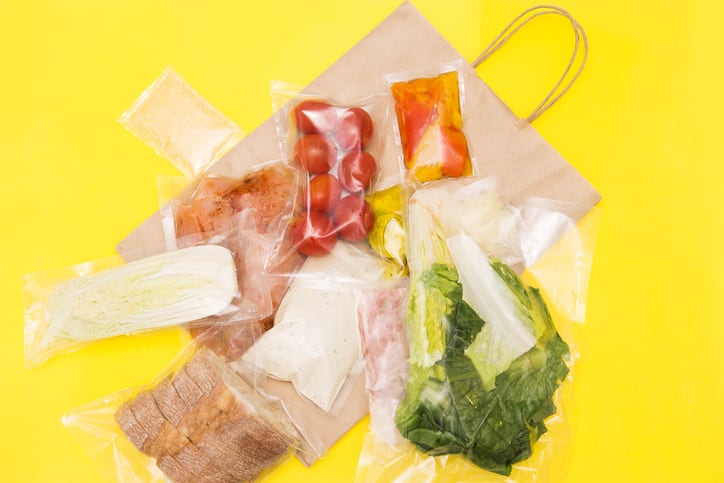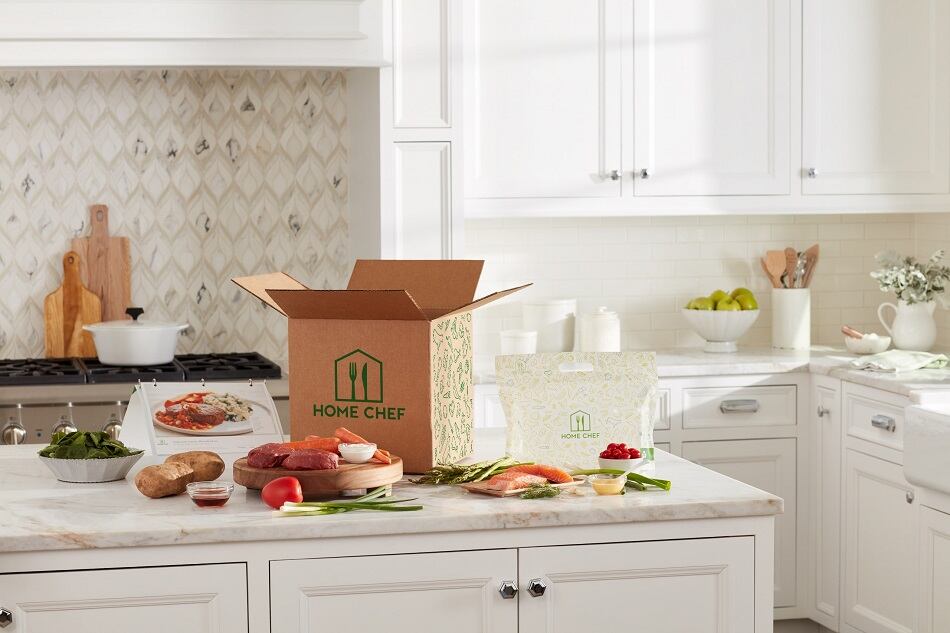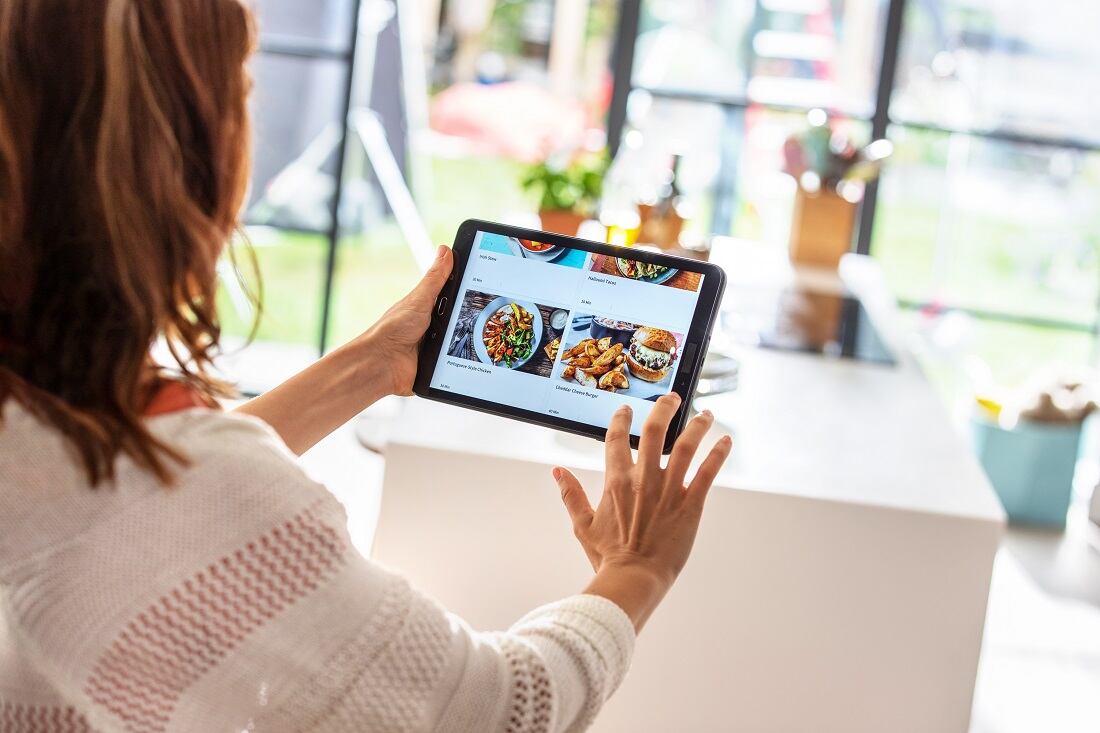Maria Mascaraque, global industry manager, food and nutrition, described the trends as “pulling in opposite directions.”
“One is around affordability, particularly in the current inflationary environment, and the second is towards more personalized and targeted meal kits, for consumers who are looking for a more premium experience when eating at home,” she explained in the report.
Inflation continues to pinch consumers’ budgets, and Euromonitor sees an opportunity for firms to reach consumers searching for value-oriented experiences in the home.
Compared with the higher cost of going out to eat, meal kits may be an attractive proposition, especially with a wider adoption of a hybrid lifestyle and consumers spending more time at home.
At the same time, meal kit providers are also trying to capture the higher end market with a focus on personalized and premium offers, as well as products tailored for consumers’ nutritional needs.
Mascaraque cited as examples U.S.-based Trifecta Nutrition, as a fitness-oriented meal kit offering keto, paleo or clean eating diets to consumers and is also a partner of CrossFit, and Australia’s Go! Kidz, a child-friendly meal delivery service.
“Regardless of the approach, the ultimate aim will remain centered around providing a convenient and experiential offering,” she says.
Providing value is key
Meal kit providers are innovating to be more affordable, and some of that innovation is taking place in the traditional retail space.
Mascaraque suggested that retail meal kits are a promising opportunity for the market, as they are typically more budget-friendly compared with traditional takeout and direct-to-consumer meal kits.
They are also easy for shopping consumers, as they contain all ingredients needed and come pre-portioned, eliminating separate purchases.
“While the price per kilogram may be higher, the price per meal can remain relatively similar in some instances,” she explained in an email to FoodNavigator-USA. “Moreover, these offerings provide added convenience and a unique culinary experience. These factors contribute to their appeal and justify the willingness of consumers to pay a little extra.”
Mascaraque pointed to Home Chef’s partnership with retailer Kroger in the U.S. as one example, calling its co-branded meal kit there with TV chef Rachael Ray one of its “biggest innovations.”
Retail meal kits as part of grocery routine
Rich DeNardis, Home Chef's chief revenue officer, told FoodNavigator-USA that Home Chef has developed more than 500 products since its 2018 Kroger merger, “cater[ing] to a variety of different meal occasions,” such as single-serve heat and eat meals, fully prepared chicken and ribs and ready-to-cook proteins and sides.
Recently, the firm has expanded its retail lineup to include ready-to-bake pizzas and flatbreads, taco kits and broadening its heat and eat soups and burritos, “bringing even more variety of cuisine types and flavors” to its meals, he said.
According to DeNardis, Home Chef’s retail customers have similarities with its e-commerce customers, namely that they value meals that offer convenience and great taste.
“As the economic outlook remains uncertain, we know customers are looking to increasingly stretch their dollar while also enjoying high-quality meals with loved ones at home,” he said. “Home Chef’s retail products provide a way to get access to a portfolio of meal solutions as a part of your regular grocery routine – potentially swapping restaurant takeout or delivery with a low-prep meal kit or Family Heat & Eat meal, so customers can enjoy those convenient food experiences while saving money.”
Keeping costs low
According to DeNardis, the firm has been using a number of tools to mitigate cost increases for retail and e-commerce meal kits, including menu design and proactive supply chain management.
“Thanks to these efforts, Home Chef has been able to keep the rate at which our prices increased lower than many areas affected by inflation,” he told FoodNavigator-USA in an email.
The exec said the firm is focusing on value in its innovations. For instance, Home Chef’s recently launched Family Menu offers meals in larger serving sizes “with flavors and cuisines everyone at the table will enjoy” at a lower cost per serving.
Customers can also lower the Family Menu cost per serving even more when ordering more meals per week as part of a new pricing structure, he added.
The company recently opened its first northeast production and distribution facility, located in Baltimore, which puts operations closer to east coast customers and significantly reduces shipping costs.
“We have received feedback from customers that they appreciate our efforts to keep prices low, and thanks to the loyal customer base built over the past 10 years, our business continues to perform well,” DeNardis said.
Growth ahead for many markets
Globally, meal kits are one of the few industry categories “to see both value and volume gains globally,” according to Mascaraque, who added that the UK and Canada are the markets best positioned to capitalize on growth opportunities, followed by Spain and Italy.
In the UK, meal kit sales grew double-digits in 2022 and are expected to continue that trajectory, with strong promotional activity bringing new customers into the fold.
“Moving forward, while the novelty effect, as well as the high promotional activity, may fade, with growth rates relatively decelerating versus the historic period, as consumers become more and more aware of the concept, penetration is expected to continue increasing,” she said.
But for the U.S. market, the prospect for meal kit growth may not be as rosy.
Aggressive promotions in the region that led to explosive growth over the last three years “looks to be ebbing,” according to Euromonitor senior research analyst Nik Allen, pointing to a sales drop in the first quarter of 2023 per Euromonitor data.
However, that growth has been almost exclusively through home delivery services, and meal kits through retailers may pull customers away from delivery instead of bringing in new purchasers.
“There is momentum towards retail offerings in the US, especially with Home Chef’s increased production capacity and growing placement in brick-and-mortar, but this is more likely to cannibalize on e-commerce’s sales share of channel in the immediate,” Allen said in an email to FoodNavigator-USA.
He projects there may be a slight sales decrease for meal kits over the next few years as the channel shifts more toward in-store.




